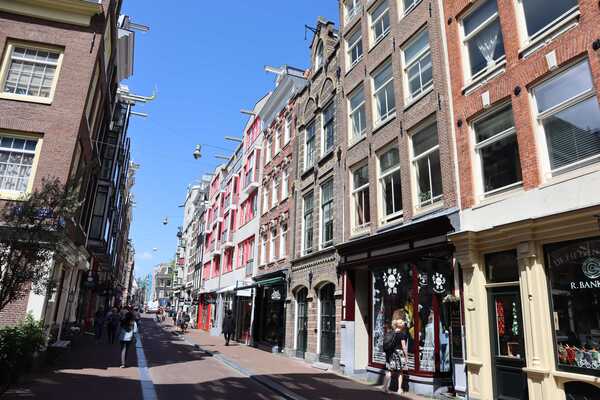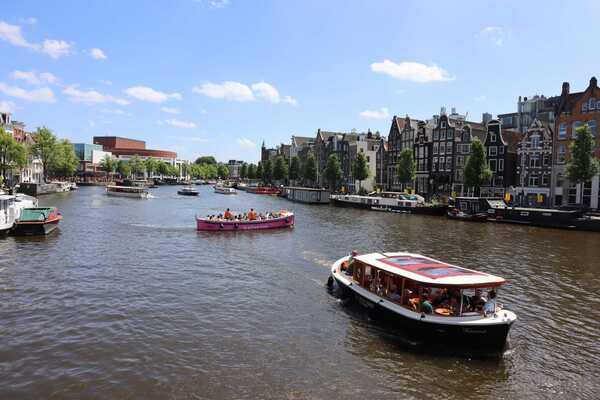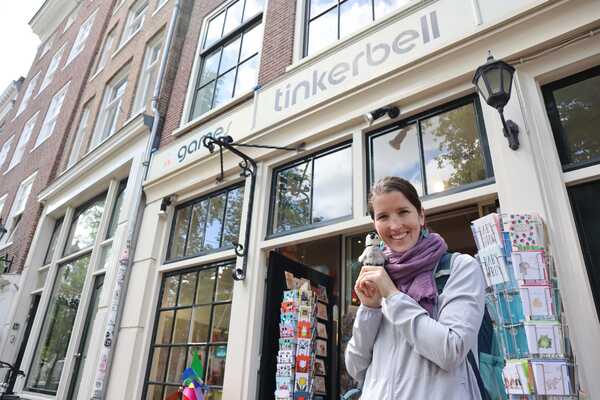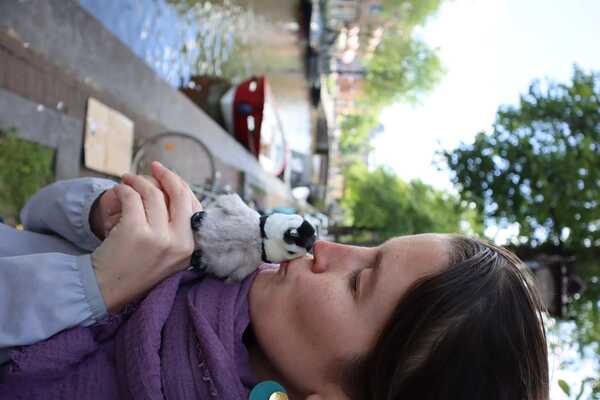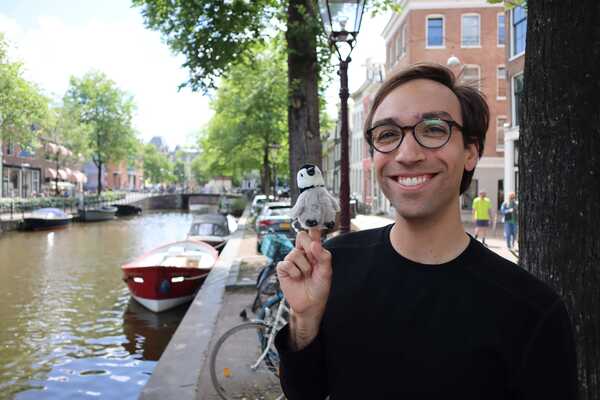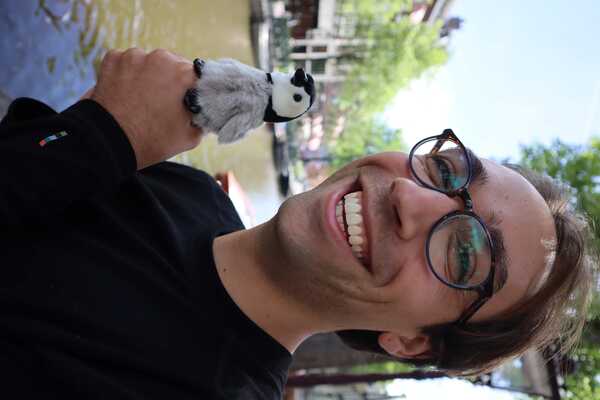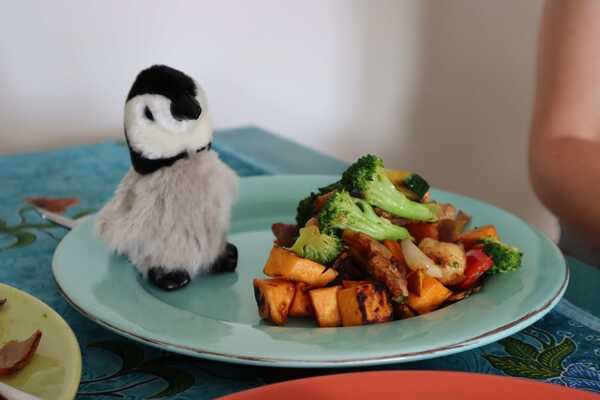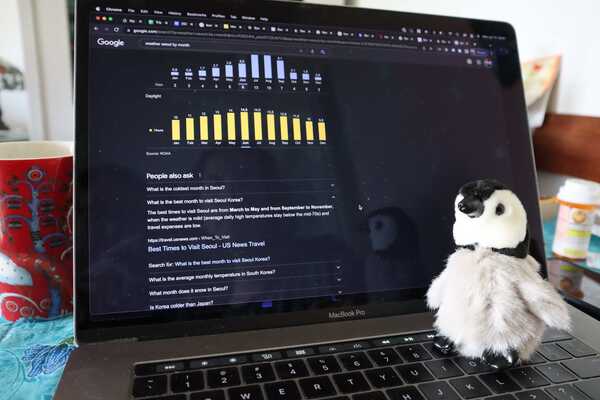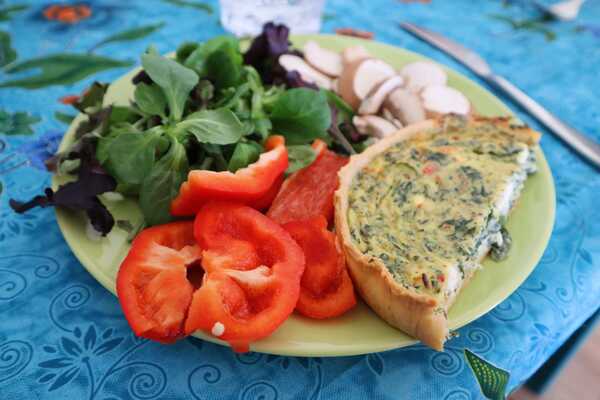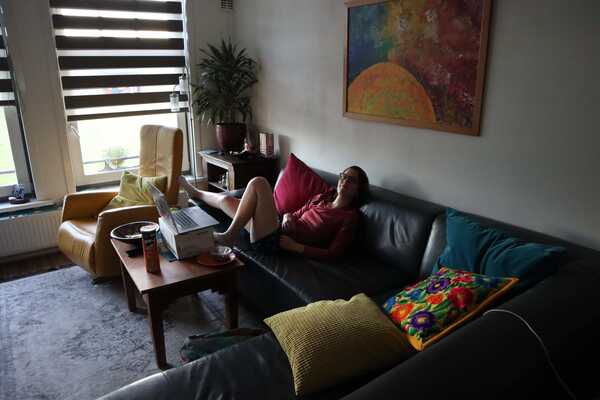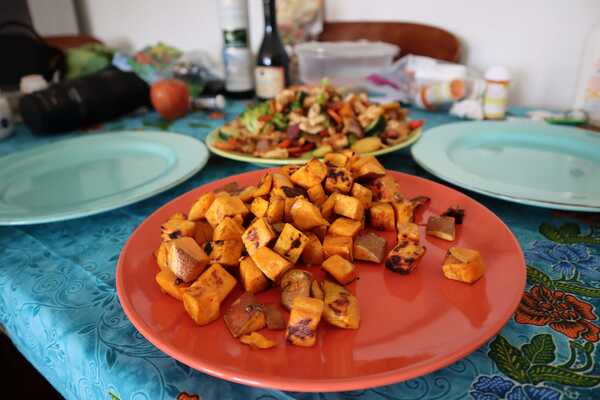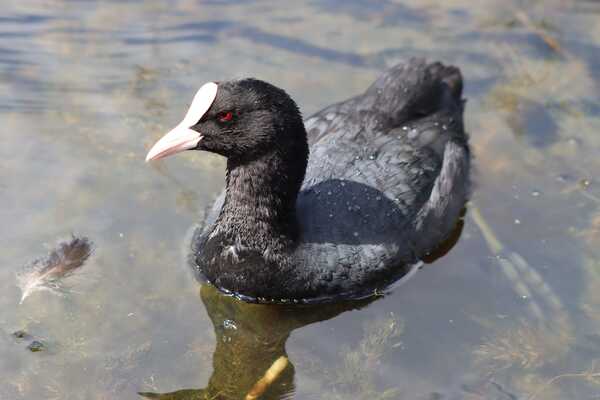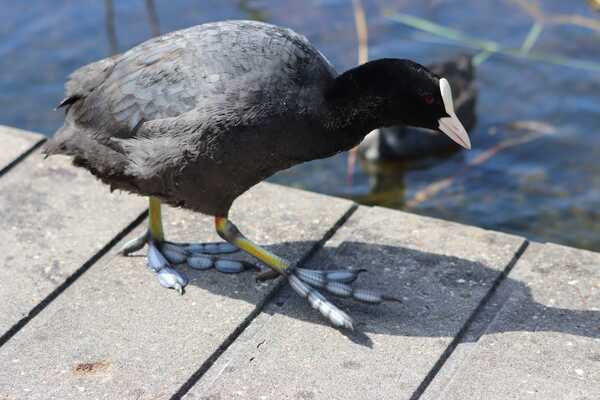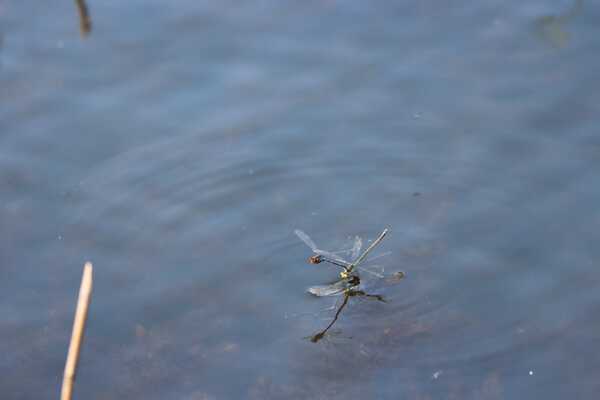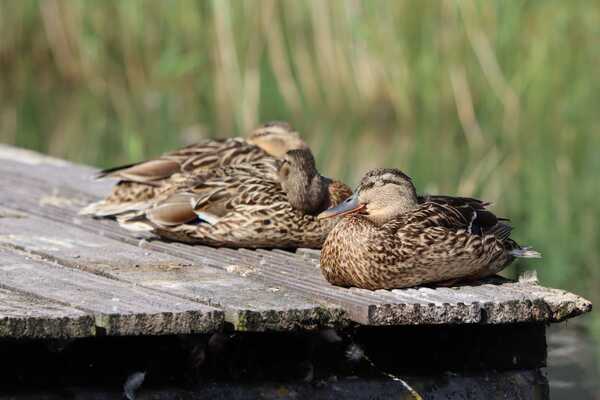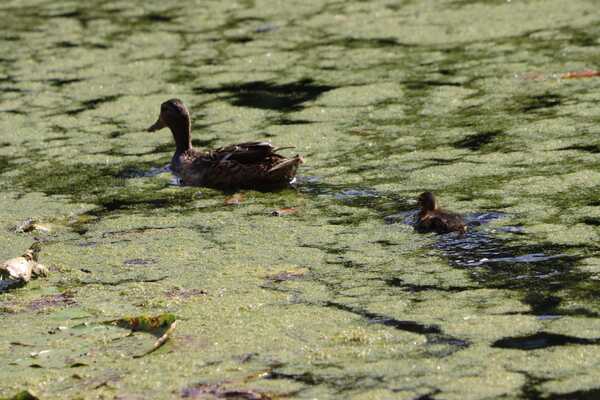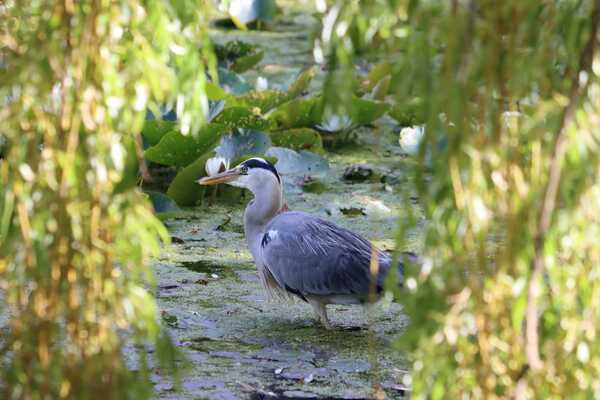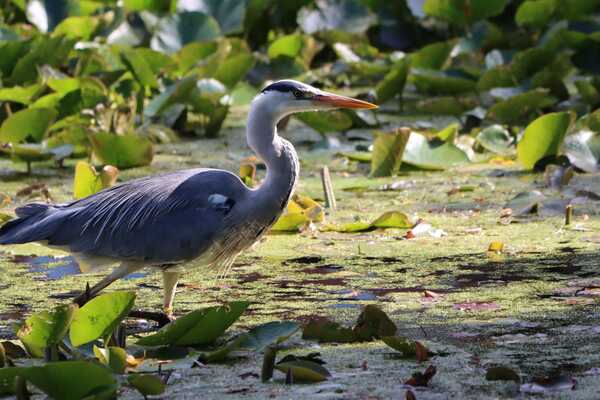Amsterdam - Museums and Gardens
This is my third time in Amsterdam, and Tim’s first. And it was exciting to discover it anew with Tim. (Tim will write a blog post about Amsterdam’s public transit!)
Meet Dr. Peggy Speckles, PharmD
Before we get into our trip, meet Dr. Peggy Speckles, PharmD. She is our newest addition, a baby penguin. She is our trip mascot and safety officer. Given her adorable nature, she will be featured in photos, and maybe even with doors on the infamous @an.adoorable.world Instagram account. We are in talks with the celebrity influencer running the account about cameos…
A Familiar Abode
First, we were lucky enough to stay at a family friend’s apartment. My aunt went to high school with Ann, who lives in Amsterdam. She was out of town but offered us to stay in her apartment. I’d actually stayed with her in December 2018, so I already knew the area. It felt like being “at home” during this incredible trip, which offered some comfort.
We also had agreed that we were doing Amsterdam on “chill mode.” These are our last five days in Europe before a high-activity month in Africa. We needed to plan for the Summer and Fall, catching cheaper flight prices. We took it easy, and staying in a familiar place was perfect.
Exploring Museums and Gardens
Rembrandt Huis
On Saturday, our first full day, we headed over to the Rembrandt museum or Rembrandt Huis. The museum shows the extravagant house that Rembrandt bought and lived in during the mid-1600s. They have a detailed log of its contents because Rembrandt went bankrupt and all his belongings were auctioned off to pay his debts before he moved to an industrial area and died in poverty. Using that inventory list, the museum is located in the house and has it set up as it was during his lifetime.
The basement is the kitchen, which holds the maid’s “box bed.” At the time, everyone slept in box beds, beds in large cabinet closets. People were nervous that they would stop breathing in their sleep if they laid down flat, so everyone slept partly sitting up. This meant the beds were shorter, as you didn’t need someone’s full length. Plus, people were shorter too!
The first floor had an entrance hall, with a visiting guest bedroom off of it. Behind that, was Rembrandt’s bedroom. All three rooms had artwork he would have shown in his entryway to sell, as he was both an artist and art dealer. He had a small office with a desk set up in a closet, from which he recorded his sales. A half-floor up was a printing room with an etching press, as he was a skilled etcher and printer.
The second and third floors were devoted to making art. The second floor had his studio, and the third had the studios of his pupils - who paid monthly for the space and teaching. He also had another room with natural objects from around the world - which is a precursor to museums.
Wealthy people, like Rembrandt in Amsterdam and the Medici’s in Florence, collected objects to show their worldly understanding and for the status. They kept them and looked at them. With increased world connection through commerce, people transitioned these into “wundercomer” - wonder closets, then into private rooms for this, then into private museums. Finally, these opened to the public in the mid-19th century to help with public education and raise the “civility” of the general public - especially at world exhibitions or biennials. Now, we have museums around the world to share knowledge and context with people about places near and far.
Exploring it with Tim also meant that I could share all this additional context around museums, art, printmaking, and “salon” style displays. It was quite fun and another view into my world as an artist and a museum enthusiast. After the museum, we meandered a bit and made it back to just relax. We made dinner at home, did some research and watched Netflix.
Westerpark
On Sunday, we had some discussions about our trip during the day. Around 3 pm, we decided to take a break and go for a walk. Ann lives close to Westerpark, so we decided to head over - not knowing what a gem it is. This is a huge park in the middle of Amsterdam with a couple of museums, restaurants, bird ponds, and countless grassy areas for people to picnic.
As we were walking, we found two large ponds with a wide collection of birds. In practicing for the safari, we pulled out the telephoto lens and started taking action shots of ducks, pigeons, and even a great blue heron. We used the camera on “sports” mode, where the subject is moving and you hold down the shutter button for consecutive shots. Between the two of us, we took 270 photos of these birds - some great portraits.
As we meandered through the park, we noticed tiny houses with yards in a central neighborhood. Each house was no more than 800 square feet, if not smaller. People had to take carts to get to the house, crossing bridges over small rivers. All the houses had beautiful, pristine gardens. We think they are garden homes, where you rent (or buy) a property that you can access during the day with a house to act as your yard. We walked throughout the neighborhood, and the variety of what people built and the gardens they grew was incredible. It truly made us want the US to adopt this approach in the state, allowing people to have semi-public access to gardens in dense cities in a park.
After meandering, our stomachs started to vocalize a bit. We found ourselves at Mussels and Gin, a restaurant nestled in the middle of the park. We shared lobster croquettes and a thai-inspired mussels dish. It was perfect for the day.
Van Gogh and Pancakes
Monday took us to the Van Gogh Museum. Vincent Van Gogh, as many people know, was a famous painter from the impressionist era. He is known for his flowers, self-portraits, and the Starry Night painting. The museum follows his career chronologically, from initial attempts through different phases. It covers his 10-year career as an artist, starting at 25.
When you go to most art exhibits, people’s “early” works are from their 40s. They find their artistic voice, as well as what fits with the market and hone that in their later life. Given this, the museum is an anthology of a person who went from art school to finding their voice very quickly. And the museum truly covers the whole gamut - which was fascinating to realize. Van Gogh’s earlier works do feel ordinary, like many of my peers at art school. Only later, once he learned color and developed his own style, does the magic come out.
Additionally, the Van Gogh Museum has a fascinating story. Vincent was close to his brother Theo. Theo and his wife Jo had a baby the year before Vincent died. At the time, Vincent was starting to get positive notice for his paintings. About 9 months after Vincent died, Theo did too. Now, Jo has a baby boy (also named Vincent), no husband, no brother-in-law, and no income. She started selling and promoting Vincent Van Gogh’s work, touring and advocating for him as an artist. This earned her an income, a growing income. Her son, the younger Vincent, then started the Vincent Van Gogh museum that stands today. It is still run by the descendants of the family, and you can kind of tell in some of the narration that it is the “family” perspective on Van Gogh’s life in some ways. Personally, I think the museum is done well. It is just fascinating to know this back story and then have a deeper understanding of the curatorial voice and narrative given to history and this particular human’s life.
On that note, Van Gogh is also known for his mental illness (which he died from). Today, people suspect he was bipolar with hallucinations. Of course, I have a front-row seat to how this disease impacts a family. The museum doesn’t shy away from this but also doesn’t emphasize this either. Going through it and reading between the lines of the facts they offered had eery similarities to how I’ve seen the disease manifest.
Some examples. Van Gogh showed up without warning in Paris and immediately needed to meet his brother, and ended up moving in with him. In the last 70 days of Van Gogh’s life, he made 75 paintings. This is a lot of work and is probably him in a manic state until he shifted into a depressive state and committed suicide. Other small things also reminded me of the ups and downs of my front-row seat. Even though it was either my second or third time at the museum, it was the first time that these small pieces rang true to me.
After the museum, we meandered to find a pancake place. Amsterdam is famous for its pancakes, smaller fluffy batter with a little fermentation to change the taste. We ordered three different pancakes. In fact, our waiter commented “you have a project here” when he brought the food. We did, and we completed (eating) the project well!
Tuesday aka The Fall Planning
On Tuesday, our last full day before flying to Africa, we plowed through a number of errands. This included mailing a box of souvenirs home to New York, as well as getting the bones of our Fall trip planned. I spent the day looking at flights, “Great Walks” in New Zealand, and figuring out plans.
That evening, we had dinner with one of Tim’s high school friends who lives in Amsterdam, Neil. Neil is Dutch and spent 3 years living in Clifton Park for 10-12 grades. He moved back to Amsterdam and reached out once Tim posted Dutch doors. We had fondue, a taste of home, and enjoyed the conversation.
Now, off to Africa!
